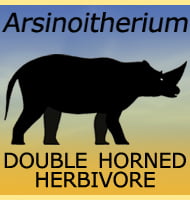Asylosaurus
In Depth The holotype remains of Asylosaurus were originally attributed to the genus Thecodontosaurus, but a review by Peter Galton saw these remains established as a new genus. The genus names means ‘unharmed/sanctuary lizard’ and this is a reference as to how this set of remains were shipped from England to the United States by … Read more
